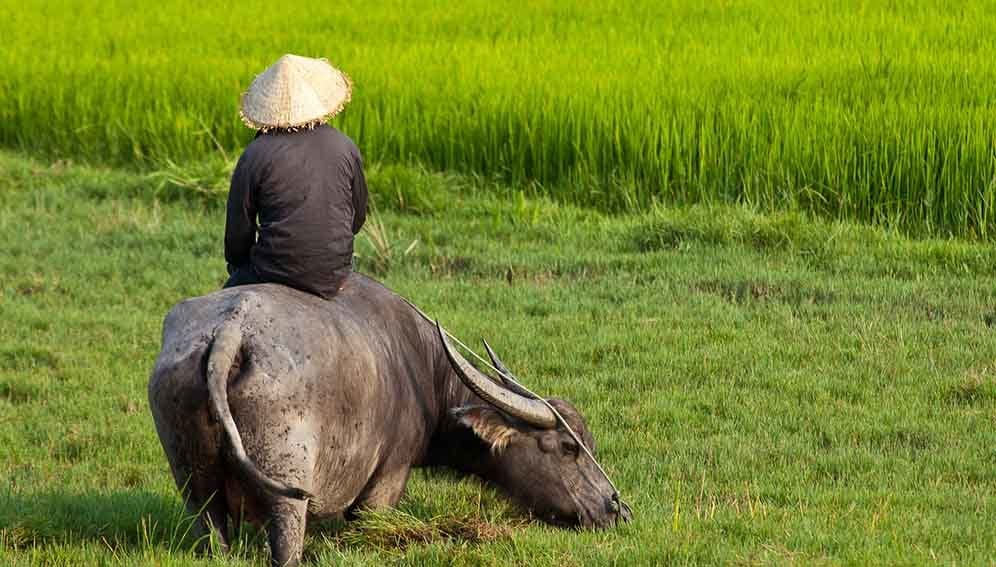09/07/20
The next pandemic is coming — now is the time to unite

By: Fiona Broom
Send to a friend
The details you provide on this page will not be used to send unsolicited email, and will not be sold to a 3rd party. See privacy policy.
The COVID-19 pandemic has ushered in a new era of disease risk as global surveillance systems reach breaking point, while rising meat consumption forces animal species together at an unprecedented rate.
In this Spotlight, SciDev.Net looks ahead to the spectre of the next global pandemic — where will it come from, what form will it take and, crucially, how might it be avoided?
Our reporters reveal how crop diseases could threaten food security, lifestyle diseases such as obesity and diabetes are on the rise, resurgent polio viruses could jeopardise years of vaccination progress, while animal pathogens remain an ever-present hazard.
The fragility of global systems, local lifestyles and the world’s major cities have become apparent during the COVID-19 pandemic, which has hit the world’s most vulnerable people hardest. While some may see this simply as a human health crisis, many who work within and beyond health systems are beginning to understand this pandemic’s relationship to the environment, animal health and what the world eats.
This interdisciplinary approach is called One Health. Across the board, specialists in human, animal, and ecosystem health are saying, clearly, that the world should expect more disease outbreaks.
SciDev.Net delves into the potential sources of a new epidemic and examines the behind-the-scenes work to find and stop diseases, or mitigate their damage.
The mysterious ‘Disease X’ — the term used to represent the knowledge that a pandemic could come from an unknown source — has concerned medical researchers for some time. Wellcome’s Josie Golding explains how science is preparing for Disease X.
With global cities grinding to a halt in the COVID-19 pandemic, the ability of urban centres to cope with sudden infectious disease outbreaks has been brought under the microscope. We examine how urban planners and epidemiologists are thinking about how to lay out the world’s growing cities to include marginalised communities and ensure access to services.
The world is almost wild polio-free; Africa will likely be granted this status in August, leaving just Pakistan and Afghanistan with the challenge of eradicating the illness. But, inept vaccination programmes have left new strains of polio circulating across the world, and outbreaks of vaccine-derived polio could bring back the crippling disease.
Vaccine-derived polio viruses have been seen in more than 20 countries since 2000 and officials, funders, academics and health workers are racing to stamp them out. They have a promising tool in a new vaccine. We investigate whether this vaccine can succeed in overcoming these resurgent viruses, or if the problem with polio runs deeper than any technology can tackle.
In the global South, demand for animal protein has more than tripled meat production over the past 50 years, with milk production nearly doubling and egg output rising more than three-fold. This requires land. As humans take over wild habitats, livestock and people are living in closer proximity, increasing the chances of animal pathogens crossing over to humans. Scientists say stronger biosecurity measures in the global food system could help prevent future outbreaks of zoonotic diseases — those that jump from animals to people.
Infectious germs are not the only pandemic human populations face. Plant disease outbreaks have the potential to bring down food systems, as global crop diversity decreases and international connectivity increases. The world is preparing to feed its expected population of more than nine billion people by 2050, making plant disease outbreak prevention increasingly urgent.
These global threats are significant and, in the face of the current pandemic, can seem overwhelming. This work requires global cooperation and support at all scales of government, civil society and business.













